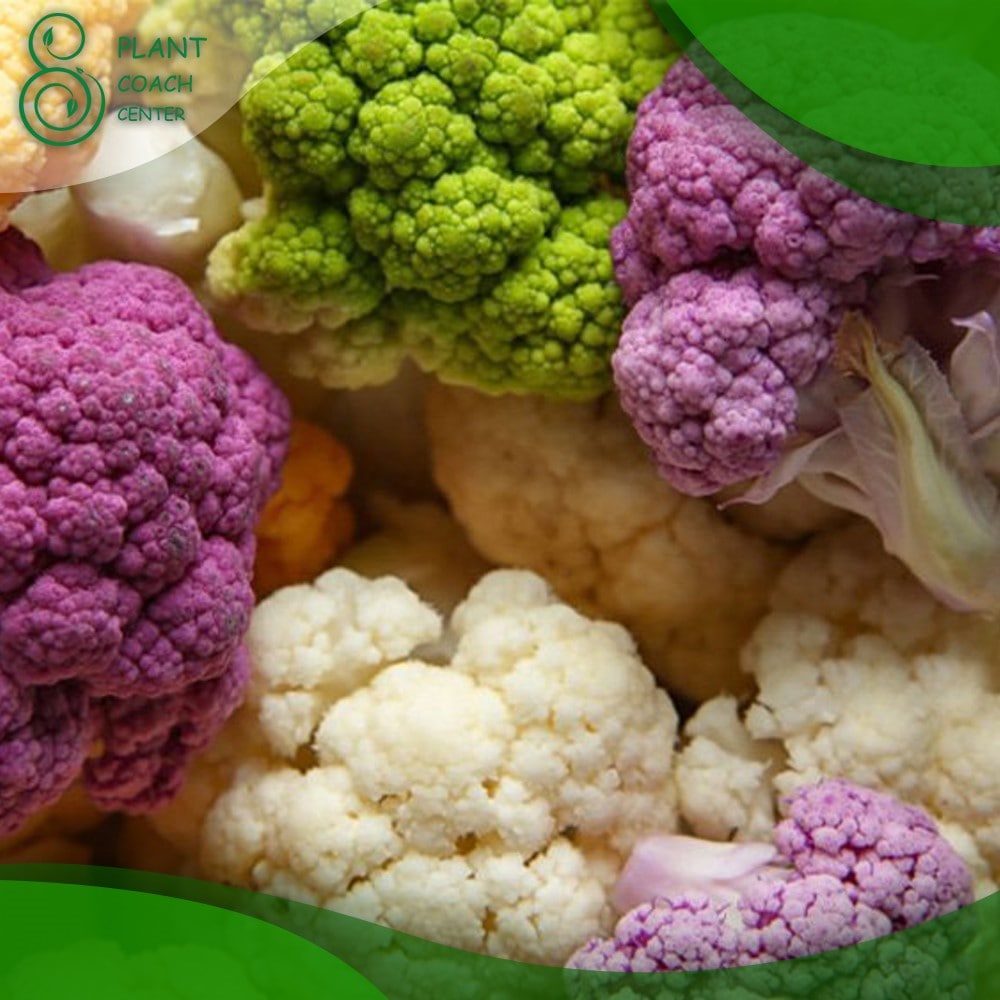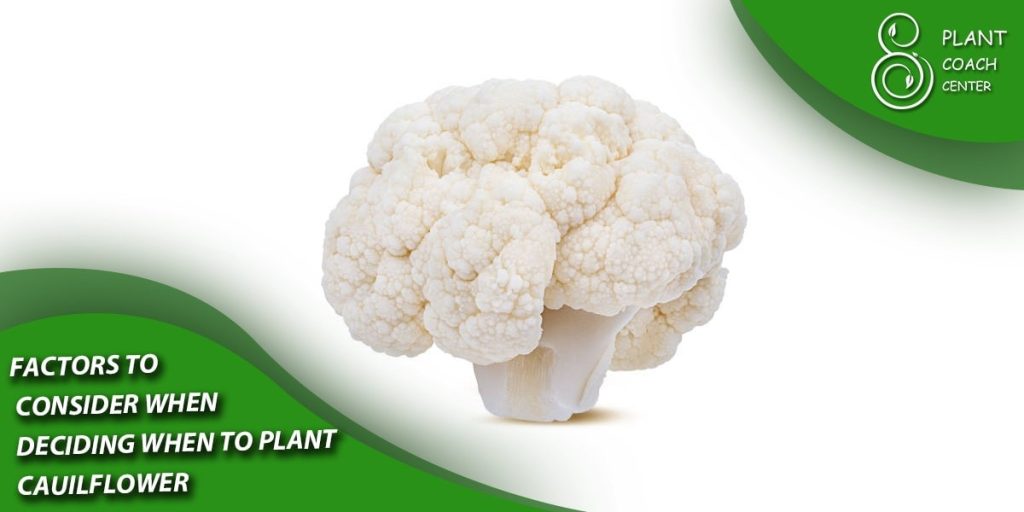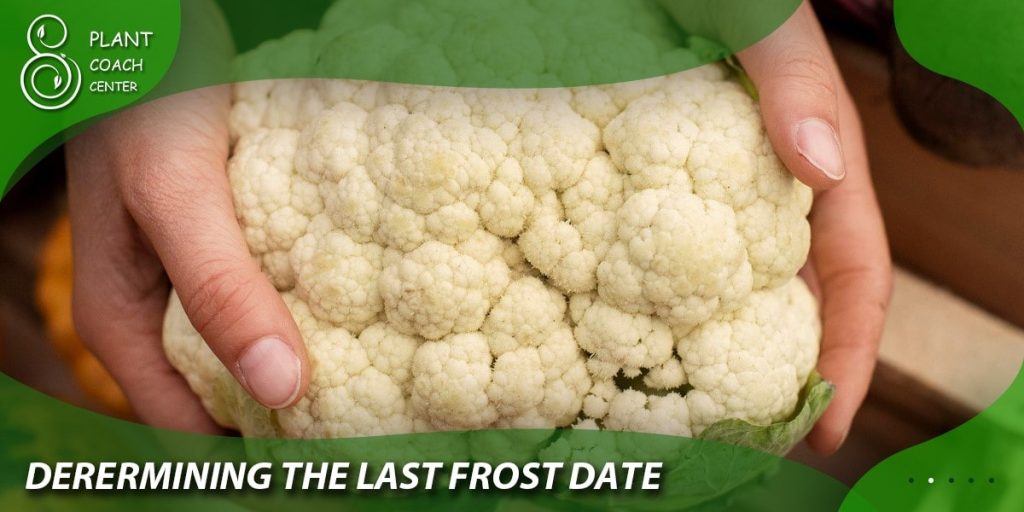When to Plant Cauliflower
Introduction
Welcome to Plant Coach Center! In this detailed article, we will explore the optimal timing for planting cauliflower and cauliflower seeds. Whether you’re a seasoned gardener or a beginner, understanding the best time to plant this nutritious and versatile vegetable is crucial for a successful harvest. Read on to discover expert advice, tips, and insights on when and how to plant cauliflower.
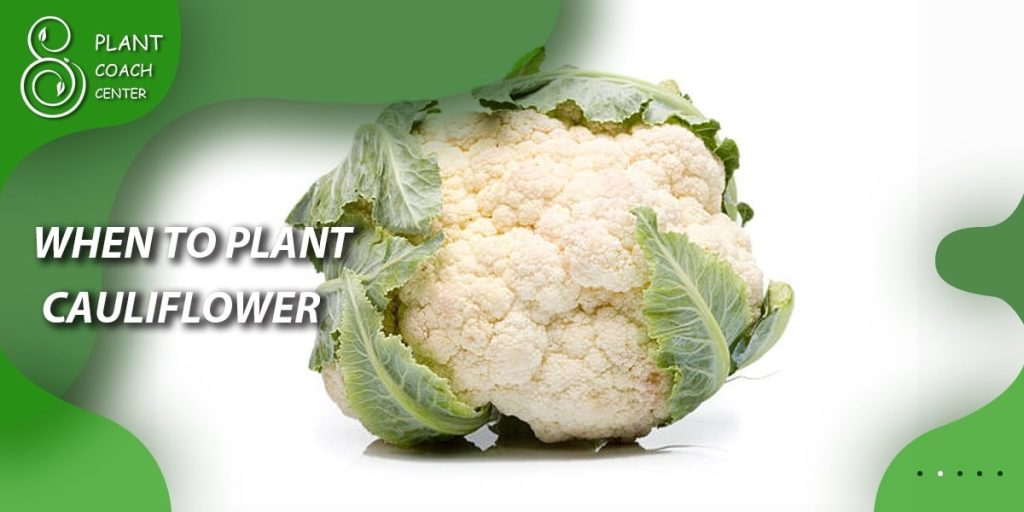
Understanding Cauliflower and its Growing Requirements
Overview of Cauliflower
Cauliflower (Brassica oleracea var. botrytis) is a cool-season crop that belongs to the Brassicaceae family. It is closely related to broccoli, cabbage, and Brussels sprouts. Cauliflower is known for its tight, compact heads, which come in various colors, including white, orange, green, and purple. It is rich in vitamins, minerals, and antioxidants, making it a valuable addition to a healthy diet.
Requirements for Growing Cauliflower
To achieve successful cauliflower cultivation, several growing requirements must be met. Cauliflower thrives in cool climates with temperatures ranging from 60°F to 70°F (15°C to 21°C). It requires full sun exposure for at least 6 hours a day. Additionally, cauliflower prefers well-drained, fertile soil with a pH level between 6.0 and 7.5. Adequate soil preparation and nutrient management are essential for healthy plant growth and head development.
Factors to Consider When Deciding When to Plant Cauliflower
Climate and Seasonal Variations
Cauliflower has specific temperature requirements for optimal growth and development. It is a cool-season crop that prefers temperatures between 60°F and 70°F (15°C to 21°C). Planting cauliflower too early in cold weather or too late in hot weather can result in poor head formation or bolting. Understanding your local climate and seasonal variations is crucial for determining the best planting time.
Cauliflower Varieties and Their Maturation Periods
Different cauliflower varieties have varying maturation periods, ranging from early to late season. Early-season varieties mature faster, typically within 55 to 65 days, while late-season varieties may take 80 to 100 days or longer. Consider the specific maturation period of the cauliflower variety you choose to determine the appropriate planting time.
Soil Conditions and Preparation
Cauliflower thrives in well-prepared soil that is rich in organic matter and well-drained. Prepare the soil by removing weeds and debris, loosening it with a garden fork or tiller, and incorporating organic matter such as compost. Conduct a soil test to assess nutrient levels and pH. Adjust the pH if necessary and provide adequate nutrients to support healthy plant growth.
Spring Planting: The Ideal Timing for Cauliflower
Preparing for Spring Planting
Before planting cauliflower in spring, it’s essential to prepare your garden or plot properly. Clear the area of weeds, rocks, and debris. Improve soil fertility by adding compost or well-rotted manure. Work the soil to a depth of 8 to 10 inches (20 to 25 cm) to ensure good root penetration and drainage.
Determining the Last Frost Date
Determining the last frost date in your region is crucial for spring planting. The last frost date represents the approximate date when the risk of frost is significantly reduced. Consult local gardening resources, agricultural extensions, or online tools to find the estimated last frost date for your area.
Calculating the Optimal Planting Date
To calculate the optimal planting date, consider the cauliflower variety’s maturation period and the last frost date. Count backward from the last frost date, taking into account the specific maturation period. Ensure the plants have enough time to mature before the arrival of hot summer temperatures if applicable.
Fall Planting: Extending the Cauliflower Growing Season
Advantages of Fall Planting
Fall planting offers several advantages for cauliflower cultivation. The cooler temperatures and reduced pest pressure create favorable conditions for plant growth. Additionally, fall-harvested cauliflower tends to have a milder flavor and more tender texture. Fall planting also extends the growing season, allowing gardeners to enjoy fresh cauliflower well into autumn.
Planning for Fall Planting
To plan for fall planting, select cauliflower varieties suitable for cool-season cultivation. Consider the estimated first frost date in your region. Count backward from the first frost date, considering the cauliflower variety’s maturation period. Fall planting usually takes place 6 to 8 weeks before the first expected frost.
Scheduling Planting Dates
Based on the estimated first frost date, calculate the planting date by subtracting the cauliflower’s maturation period. Ensure the plants have sufficient time to mature before the arrival of freezing temperatures. Adequate watering and protection from frost are crucial during the fall growing season.

Transplanting Seedlings vs. Direct Sowing
Transplanting Seedlings
Transplanting cauliflower seedlings is a common method that offers several advantages. Start cauliflower seeds indoors 4 to 6 weeks before the intended transplanting date. This allows for controlled germination and early growth. Transplanting seedlings provides a head start and increases the chances of successful cauliflower cultivation.
Direct Sowing
Direct sowing cauliflower seeds in the garden is an alternative approach. This method is suitable for regions with mild climates and extended growing seasons. Direct sowing eliminates the need for transplanting and allows plants to grow directly in their final location. Ensure proper soil preparation and provide consistent moisture during germination and early growth stages.
Additional Tips for Successful Cauliflower Cultivation
Companion Planting
Companion planting can benefit cauliflower by promoting healthy growth and deterring pests. Consider planting cauliflower alongside companion plants such as celery, onions, and herbs like dill, mint, or thyme. These plants can help repel common pests and attract beneficial insects.
Crop Rotation
Crop rotation is crucial for preventing soil-borne diseases and maintaining soil fertility. Avoid planting cauliflower or other Brassica family crops in the same location year after year. Rotate cauliflower with unrelated crops like legumes, tomatoes, or leafy greens to break disease cycles and balance nutrient uptake.
Pest and Disease Management
Cauliflower is susceptible to various pests and diseases, including aphids, cabbage worms, clubroot, and downy mildew. Implement preventive measures such as regular inspection, proper sanitation, and the use of organic pest control methods. These may include handpicking insects, using insecticidal soaps or neem oil, and practicing companion planting.
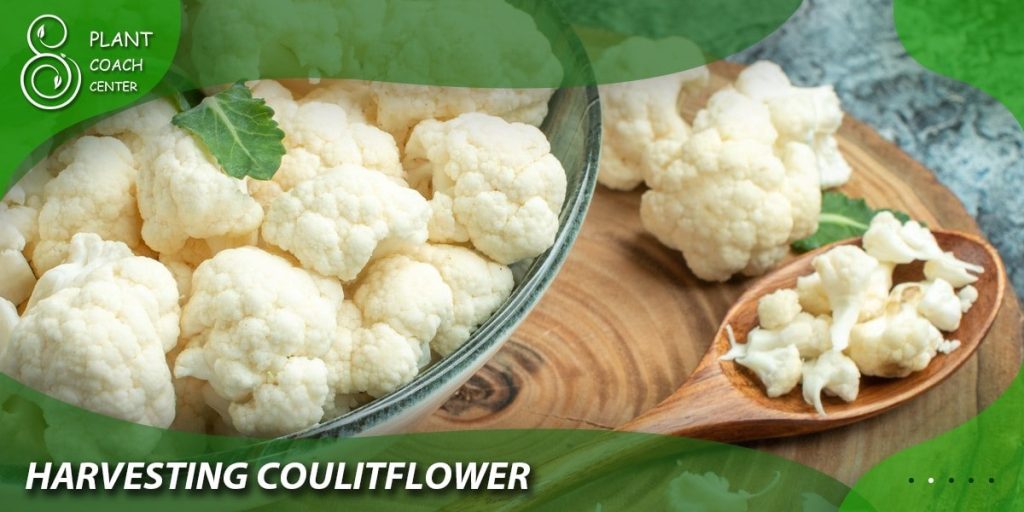
Harvesting Cauliflower
Harvest cauliflower heads when they reach their mature size and have a firm texture. Cut the heads just below the curds, leaving a few outer leaves intact. If the heads begin to loosen or separate, it indicates over-ripeness. Harvesting should be done in the morning to preserve the quality and nutritional value of the cauliflower.
Conclusion
Successful cauliflower cultivation begins with understanding the optimal planting time for your specific region and variety. By considering factors such as climate, soil conditions, and maturation periods, you can ensure the best chances for a bountiful harvest.
Whether you choose spring or fall planting, transplanting seedlings or direct sowing, following proper techniques and guidelines will lead to healthy cauliflower plants and delicious homegrown produce. Enjoy the process of growing this versatile vegetable and reap the rewards of your efforts with nutritious and flavorful cauliflower heads.
Can I plant cauliflower in containers or pots?
Yes, cauliflower can be successfully grown in containers or pots as long as they provide sufficient space for root development and proper drainage.
How long does it take for cauliflower seeds to germinate?
Cauliflower seeds typically take around 7 to 12 days to germinate, depending on the temperature and growing conditions.
What can I do to prevent cauliflower plants from bolting?
To prevent cauliflower plants from bolting, ensure consistent moisture levels, provide adequate spacing between plants, and choose varieties that are less prone to bolting.
Should I use organic or synthetic fertilizers for cauliflower?
Both organic and synthetic fertilizers can be used for cauliflower. Organic fertilizers provide long-term soil health benefits, while synthetic fertilizers offer precise nutrient control.


